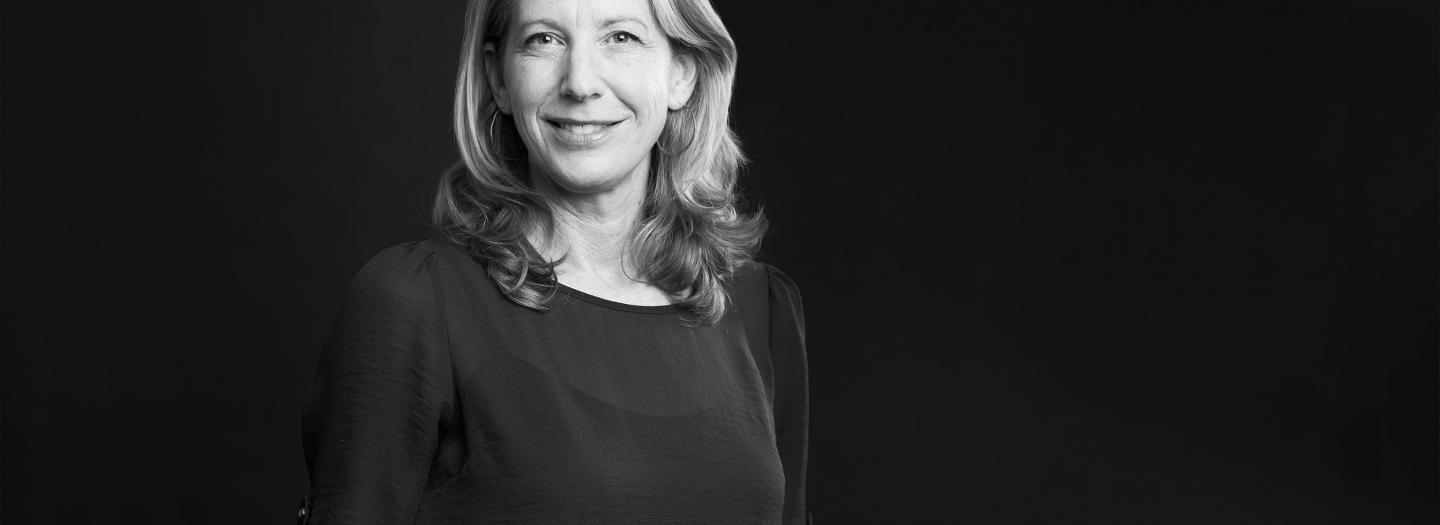Jennifer Frazier, PhD ’99 : Sharing a love of science
Jennifer Frazier has always looked at the world through the eyes of a scientist.

As a child, she responded to every new observation with a single question: “Why?”
Frazier’s mother, a science teacher, and father, a weekend paleontologist, fostered her inquisitive nature. Now a parent herself, she does the same with her children. “Now that they’re teenagers, they might find it annoying that I’m always asking, ‘What do you think is happening?’” Frazier says with a laugh.
Jokes aside, she knows that not every child is lucky enough to get an early exposure to the natural world. It’s the reason Frazier has dedicated 15 years of her life to bringing science to students of all ages and backgrounds as a curator and cell biologist at the Exploratorium, a San Francisco museum that bills itself as “a public learning laboratory exploring the world through science, art, and human perception.”
Frazier spends her days thinking about how she can help people “fall in love with science,” designing exhibits that drive museum guests to think critically and ask new questions.
When creating a new experience for the Exploratorium, Frazier routinely taps her UCSF network. “I still feel part of the UCSF community,” she says. “I work with scientists from UCSF on almost all of the projects I do.”
Most recently, Frazier reached out to the community to ask, “How can we get the public to think of cells as more than building blocks?” Her colleague from graduate school, Dyche Mullins, had an answer in the form of incredible micrographs showing how immune cells crawl through our bodies. The images showcased that “cells are dynamic and responsive, not just a boring circle.”
Frazier then passed these microscope images on to a designer on her team, who transformed the images into a hands-on Exploratorium exhibit. Visitors can watch cells move by cranking a giant zoetrope with dozens of 3-D printed cells appearing to crawl. It’s one of dozens of exhibits and programs Frazier estimates she has done in collaboration with the UCSF community.
An Unexpected Path
So how did a woman who describes herself as “curious about everything” wind up working as a museum curator?
It was the perfect place for someone who likes doing a bit of everything, Frazier says. “I always loved writing, art, architecture, and especially science. But all the science courses I took in college seemed boring. Then I had a genetics teacher who noticed that I was getting the best grades in all the genetics courses but I wasn’t working in any labs. He convinced me to work in his lab over the summer, and I realized how much fun doing research was.”
“That experience taught me that as a scientist, I could ask all the questions I wanted to ask,” she remembers. “It made me realize that science wasn’t just about memorizing facts.”
That teacher became an important mentor, who encouraged Frazier to apply to UCSF for graduate school. “He told me ‘If you get in, you have to go there. It’s where the most exciting science is happening,’” she says.
Frazier took his advice to heart. By the time she finished her PhD program, she was convinced she wanted a career that allowed her to share her love of science with the wider world. The role of museum curator – which puts her work in front of 850,000 Exploratorium visitors every year – lets her do just that.
And it means Frazier can do her part to fix the science education gap. “There are a lot of people who don’t have access to microscopes or other tools to explore new science like climate change and genomics,” she explains. “And now, more than ever, it’s so important that we have a place for science.”
Jennifer Frazier won a 2019 UCSF Campaign Alumni Award in “The Dedicated” category. The award honors individuals who have devoted their careers to inspiring the next generation of scientists and health care providers.